railroad barge
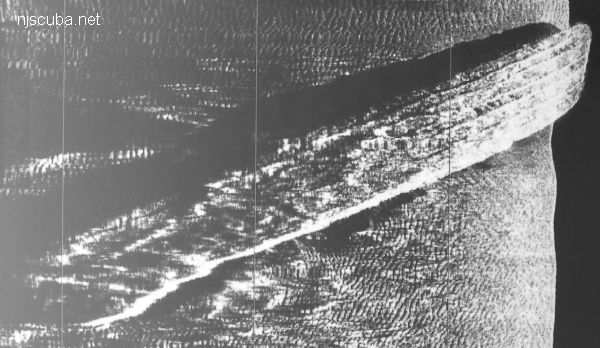
- Type:
- artificial reef, barge
- Specs:
- ( 200 ft )
- Sunk:
- 1977 - Sea Girt Artificial Reef
- Sponsor:
- Artificial Reef Committee, Weeks Marine Co.
- GPS:
- 40°06.986' -73°56.868'
- Depth:
- 70 ft
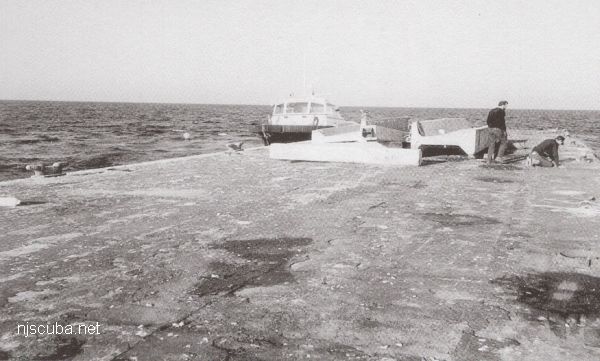
This big barge was sunk by the Artificial Reef Committee before the state's reef program began. The deck is an easy and interesting dive at only 55 feet. There are many big rust holes to explore, and penetration is possible in many places. Inside is dark and somewhat cramped, filled with sand and diagonal bracing, and the occasional bulkhead. You can swim through to the light at the other side, but you may find you cannot exit right there, although there are so many holes that it is not hard to find an exit someplace close by. The north end of the barge is completely opened up.
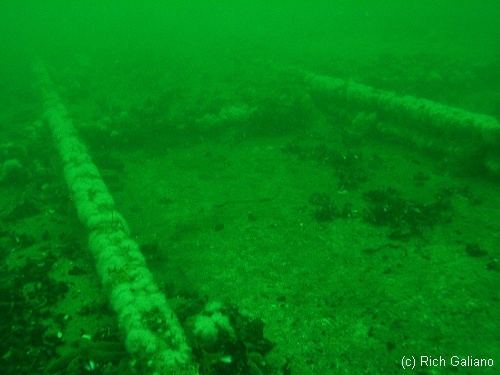
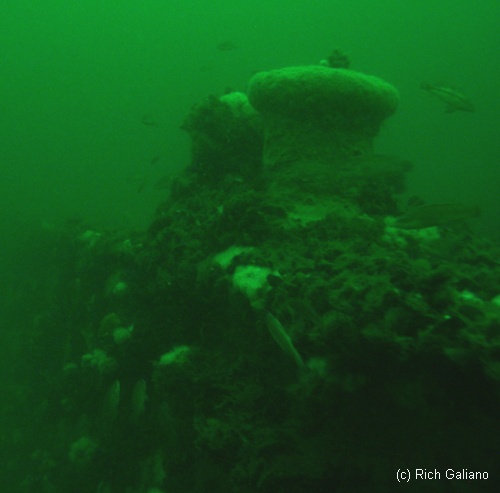

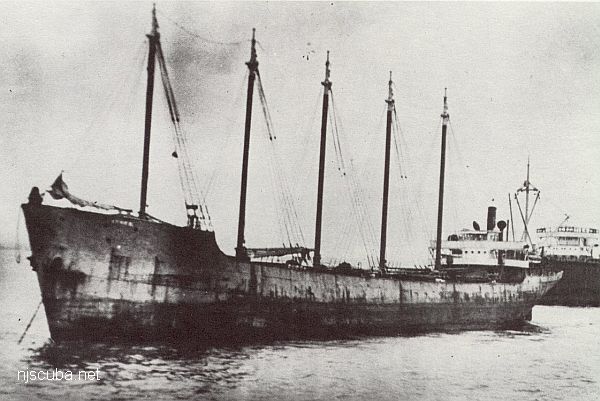
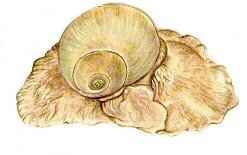
Questions or Inquiries?
Just want to say Hello? Sign the .